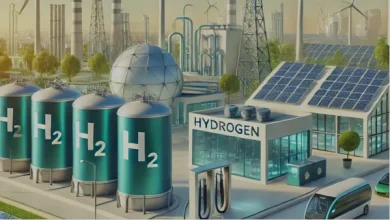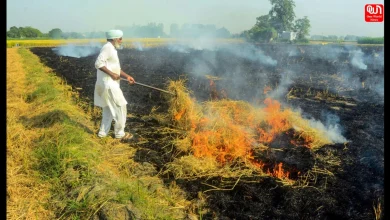Decoding the NCAP Report: How India is failing to curb pollution

The NCAP Report highlights how far we are from achieving our 2026 pollution targets
The NCAP Report ‘Tracing the hazy Air’ was recently published to report the progress of the National Clean Air Programme (NCAP).
The report has been published by CERA (Centre for Research and Energy and Clean Air), an independent research organisation that focuses on the solution to air pollution and its health impacts.
The report is an in-depth description of NCAP and how India might be far from actually achieving its target for 2026. Here, we decode the report for you.
What is NCAP?
The National Clean Air Program was a response by the Government of India in 2019 when pollution levels had increased, and the country was choking. It is the first-ever countrywide program that looks to reduce air pollution nationally. The initial target was to reduce the PM2.5 and PM10 levels by 20-30% in 2024 with 2017 as the base year. The target was then revised in 2022 to achieve a 40% reduction in PM (Particulate Matter) by 2026.
49 of the 131 cities under the National Clean Air Program (NCAR) have seen an improvement in air quality, after an anti-pollution drive (NIE)#thecuratednews #airpollution #india #urban #sustainable #unsdg pic.twitter.com/yzQ3KSipXG
— Sandeep Ohri (@sandeepohri) January 15, 2023
What are the highlights of the report?
1. Copied Action Plans
Almost all cities under the NCAP have an action plan to curb pollution, but most of them have the same points indicating that it might have been copied from each other.
2. 132 cities under the non-attainment cities list
A total of 132 cities fall in the non-attainment category as they violated the NAAQS (National Ambient Air Quality Standards) as per the data from National Air Quality Monitoring Programme (NAMP) and WHO.
3. Only four states have specific pollution reduction targets.
Only 25 cities of Andhra Pradesh, Odisha, Maharashtra, and Telangana have defined a specific pollution reduction target, while the others have failed to do so.
4. Only 15 cities have identified the source of pollution.
Only 15 cities from nine states and UTs (Delhi, West Bengal, Karnataka, Rajasthan, Uttar Pradesh, Gujarat, West Bengal, Punjab, and Odisha) have completed their Source Appointment (SA) studies. The SA identifies the exact source of pollution and how to prioritize actions.
5. No non-attainment cities have conducted the capacity study.
The capacity study helps to know the ability of the city to accumulate and disperse accumulation load and maintain breathable air. No non-attainment city has done this study till now.
6. Only 73 new manual stations have been added since NCAP launch.
More than 70% of manual air quality monitoring stations in India do not collect data for 104 days. Moreover, only 73 new manual stations have been added since the launch of NCAP in 2019.
In summary, the report says that the current level of financial support has fallen short of even nearing the attempts to curb pollution. The delays, lack of reporting, lack of stations and work to curb air pollution should be done on a war scale. The NCAP is an important piece of legislation that has to be taken seriously, it has to be implemented effectively if Indian cities need to be pulled out of the choking hazard.







